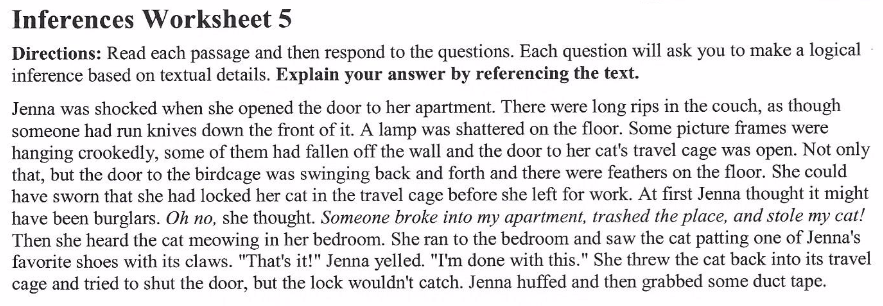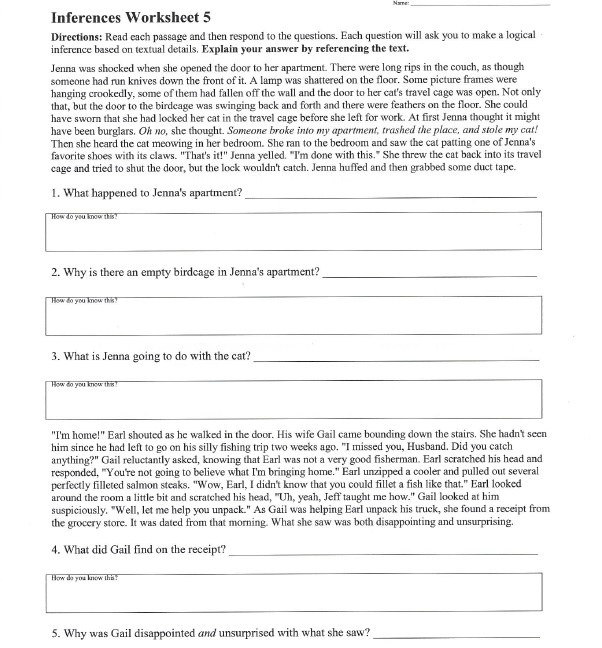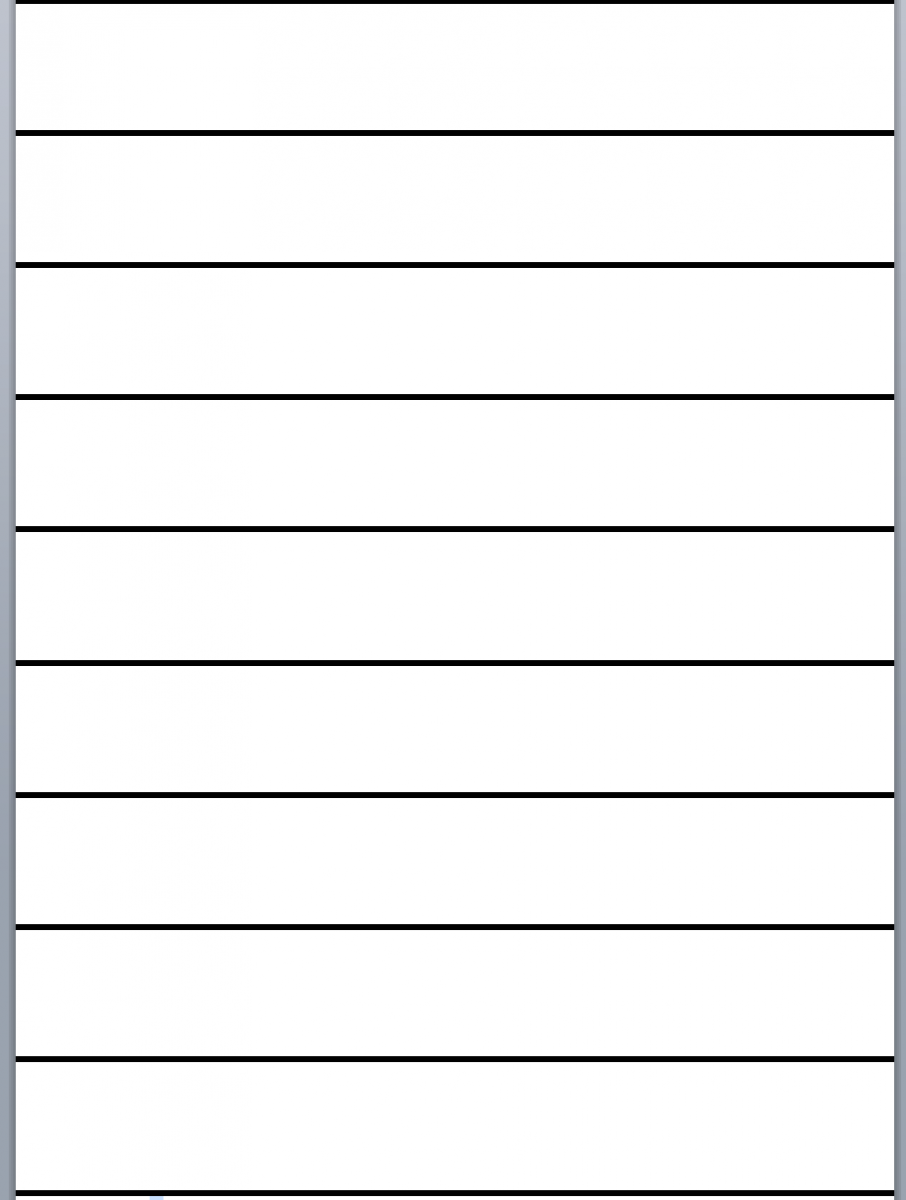Adapting English Inferences Worksheet
Submitted by Gwyn McCormack on Nov 16, 2016

This strategy is part of a series on Adapting Worksheets. Please see the introductory post for an overview of adapting worksheets for students who are blind or visually impaired.
Thought Process in Adapting Worksheet
The learning objective for this sheet would be to make logical inferences based on textual details.
For a child with VI this worksheet could be visually fatiguing due to the amount of text to be read. For a sheet like this you may prefer to read the text to the child and give them a booklet containing just the questions. I have used Arial, 28pt to demonstrate. Rather than a worksheet, I have produced a workbook for the child. You may prefer to have two workbooks, one containing the text to be read and one containing the questions. I have tried to break up the text in appropriate places, such as when showing thought or speech to avoid giving the learner a large block of text. I have provided plenty of space for the child to answer the given questions and provided writing lines. The child may prefer to type their answers, in which case, writing lines and leaving space will not be necessary.
For a non-sighted child you would more than likely run this text through the scanner and emboss to braille if they are competent. If not, read the text or ideally, have an audio recording that they can skip back and forth through, as they need. Depending on the ability and understanding of the individual, you might want to consider developing a sensory story to aid understanding. You might provide sound cues such as the cat meowing, door opening, footsteps etc. As well as objects such as duct tape, feathers, fabric with rips in etc.
Adapting the Worksheet
The original worksheet is on the left and the adapted materials are on the right.



